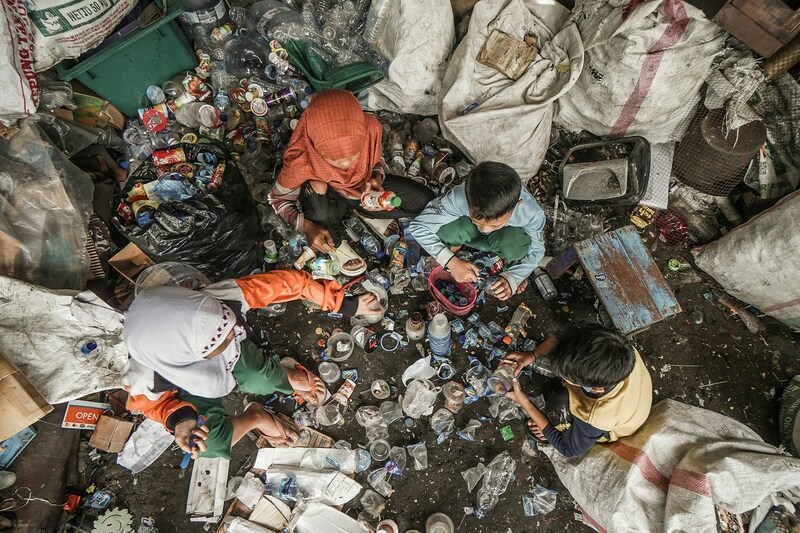What’s the biggest sustainable seafood-sourcing issue you are facing right now?
One of the biggest issues is the social impact in a number of supply chain areas. These include – but aren’t limited to – labour abuse and alleged slavery on fishing vessels, displacement of fishers when capacity is removed during the transition to improve fish biomass, and resource conflicts between fishers and farmers.
And what are you doing to effect positive change along the supply chain?
Our approach is very much grounded in engagement with stakeholders and in education along the supply chain. We spend a lot of time talking to our suppliers and their suppliers.
We do this so that each stage in the chain has at least a basic understanding of the challenges both up and down the supply chain – and then a willingness to talk about what steps can be taken to remove the barriers to each actor buying or selling to each other.
Building on one-to-one education and understanding, we then try to collaborate with both our market peers and other international buyers of the same product. Many of the issues are non-competitive and unless a harmonised, collective approach is taken, sources may choose to sell to the less-demanding or engaged supply chains. There are some good examples of where this is happening, like the
Shrimp Sustainable Supply Chain Task Force.
There is an ongoing debate about the ability of certification and labelling to drive improvements. Does it?
As seafood buyers, we need to ensure there is consistency in assessment – irrespective of where we buy – while recognising that sometimes not all schemes include the same elements within their scope, nor are they always fit-for-purpose.
Benchmarking schemes such as the
Global Sustainable Seafood Initiative are important to provide clarity on how standards are developed, what they include and remove unnecessary redundancy that are often built into them.
Also, there needs to be a more globally-harmonised approach to chain of custody in seafood. The current approach of competing chain of custody assessments provides the opportunity for the same supply chain to misrepresent seafood products via different and competing chain of custody schemes.
What about the consumers? Can they drive the required change through their buying habits?
There is a recognition amongst our customers that many of the issues affecting seafood supply chains can’t be tackled by individuals – and they rely on us to be aware of the issues and to address them.
We don’t specifically label products which are from third-party certified sources. But this year we participated in the Ocean Disclosure Project, initiated by the Sustainable Fisheries Partnership, where we explained our wild capture fisheries, the methods used to catch them and the issues that we saw with each. We plan to continue to participate in this project in coming years and work with our suppliers and the industry to address the problems identified.
Huw Thomas is fisheries and aquaculture manager at Morrisons. He is a speaker at Innovation Forum’s sustainable seafood conference 25th-26th November in London. Click here to join experts from Oceana, the Marine Stewardship Council, Thai Union, Sainsbury's and the Aquaculture Stewardship Council.
